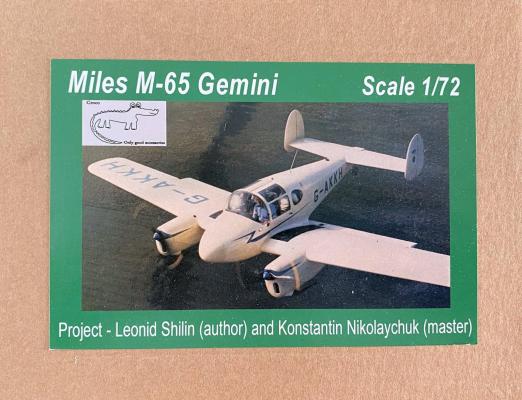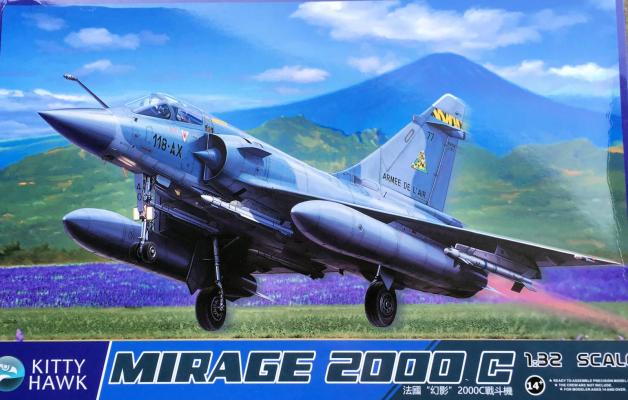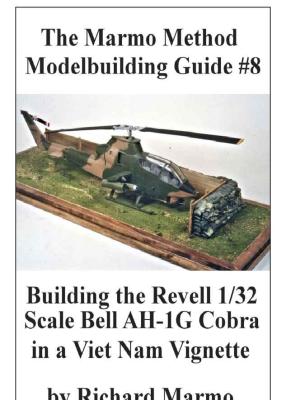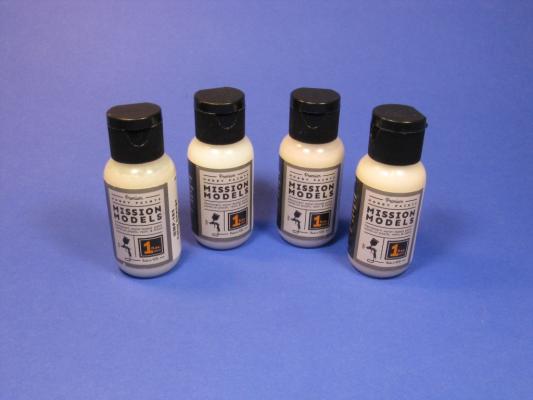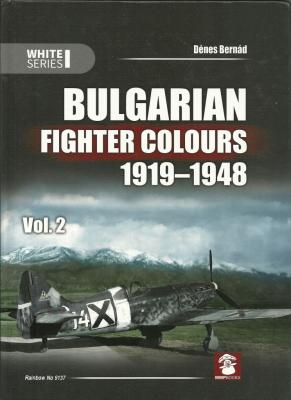Yet another beautiful kit from Leonid Shilin and Konstantin Nikolaychuk aka, Croco models. This is the third kit I’ve reviewed from these gentlemen and they continue to produce subjects the big companies never will. This time around we get a fantastic replica of the Miles M-65 Gemini, a light twin with some novel design features I’ll get into later. The Miles aircraft company started in the early 1930s and consisted of Fredrick George Miles, his wife Maxine and his brother George. Known for some interesting designs of both light civilian and several specialized military aircraft that were used for training and target tugs for gunnery practice. Examples of the later include the familar Martinet, Magister and Messenger. The Gemini included some of the elements Miles had used in other designs including trailing beam landing gear, fixed slats inboard of the engine nacelles and separate flaps that simplified the wing structure while increasing the wing area.
Welcome to the IPMS/USA Reviews site!
Introduction: The primary organization of the IPMS/USA Review website is by IPMS/USA National Contest Class. Within each Class there are sub-menus by kits, decals, books, etc. The Miscellaneous Class is for items that are not class specific or that cross two or more classes.
IPMS/USA Members: We encourage you to submit reviews, both here and to the Journal. To volunteer for membership in the IPMS/USA "Reviewers Corps" and submit your own reviews, please read the Guidelines For Submitting Product Reviews.
Manufacturers, publishers, and other industry members: IPMS/USA is pleased to offer your company the opportunity for product reviews. All product reviews are performed by IPMS/USA members, and are posted in the publicly-accessible section of our website. With very few exceptions, we perform full build reviews of new kit releases, aftermarket products, and supplies. If you would care to provide product samples for review, please contact John Noack, IPMS/USA 1st VP.
To learn more about IPMS/USA, please see our About Us page.
IPMS/USA says “thanks kindly” to Glenn and the Kittyhawk team for supporting the IPMS USA reviewer corps with yet one more of their “nobody else did it” releases
So, on to the next Kitty Hawk “new” kit…
This kit is one of Kitty Hawk’s better releases. The plastic is strong yet easy to work with, and receptive to standard cements. The parts have a clean appearance on the runners, and when assembled were accurate in dimensions and fit. External tanks that are round and require a minimum of seam cleanup made me happy.
This is my first time reviewing a PDF book. The author, Richard Marmo, is a long time IPMS member. His IPMS/USA number is #2 so that means he has been modeling for years. So he may know a thing or two about modeling and being an author.
Richard has taken this 52-year old kit and enhanced it with some Cobra Company (now Lonestar Models) upgrades and placed it into a neat vignette. He describes how to build the model and the entire vignette, including a cover for it. As a former Cobra pilot, I couldn’t wait to see what he had to say.
Utilizing the 1967 release of the Revell Bell AH-1G, Richard puts a unique camoflage scheme on the model, but first he tells you how to build it. There are plenty of pictures of how to build it included. There are 47 photos interspersed throughout the 49 page ‘book’. Because it is in PDF format you can enhance and blow up the photos to see them on your computer and print them out should you want or need to.
Several of my modeling friends have been using Mission Model Paints and telling really good things about them. When I had the chance to review some of them I jump on that opportunity.
Before I go into the particular details of these color change colors, I wanted to mention a few things about the Mission Models Paints:
The very first thing you notice is the volume you get in each bottle: 1 fluid oz. That would keep you painting for a while. You might worry about the fact that the paint might go bad before you are out of it, but don’t worry. Based on the chemistry of it, it is shelf stable. I don’t know if after 5 or 10 years it will still be as good as pristine, but it should last you a long, long time.
Another thing to highlight is that each bottle has a “mixing ball” inside. I’m not sure if it is truly a ball, but you can shake that bottle and the little “rattle” will help you mix the paint thoroughly.
The Bulgarian Air Force might have been modest in size compared with other Air Forces during World War 2, but certainly saw its share of combat. While located near the Eastern Front, it was not involved in combat against Russia, but against the Western Allies, when in late 1944 with the Soviet Army amassing on its borders, Bulgaria switched sides and fought its former allies, the Germans.
During the early part of World War 2, Bulgaria had a “symbolic war” against the Western Allies. After the 1943 Ploesti raid that changed rapidly. Germany provided Bulgaria with more modern airplanes plus allowed the purchase of more obsolete types from other occupied countries. This book is the second of the series and covers, in extensive detail the following airframes











